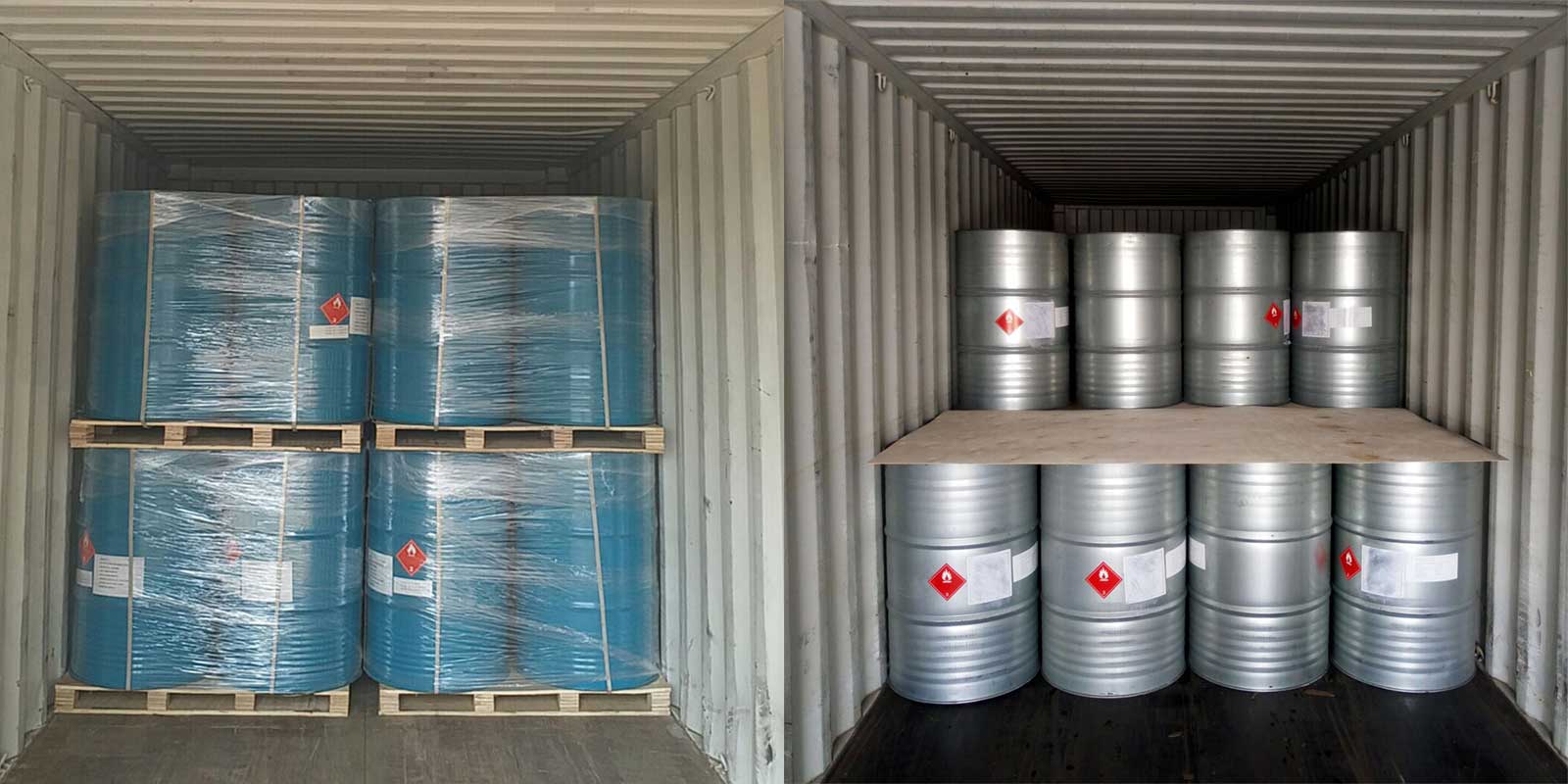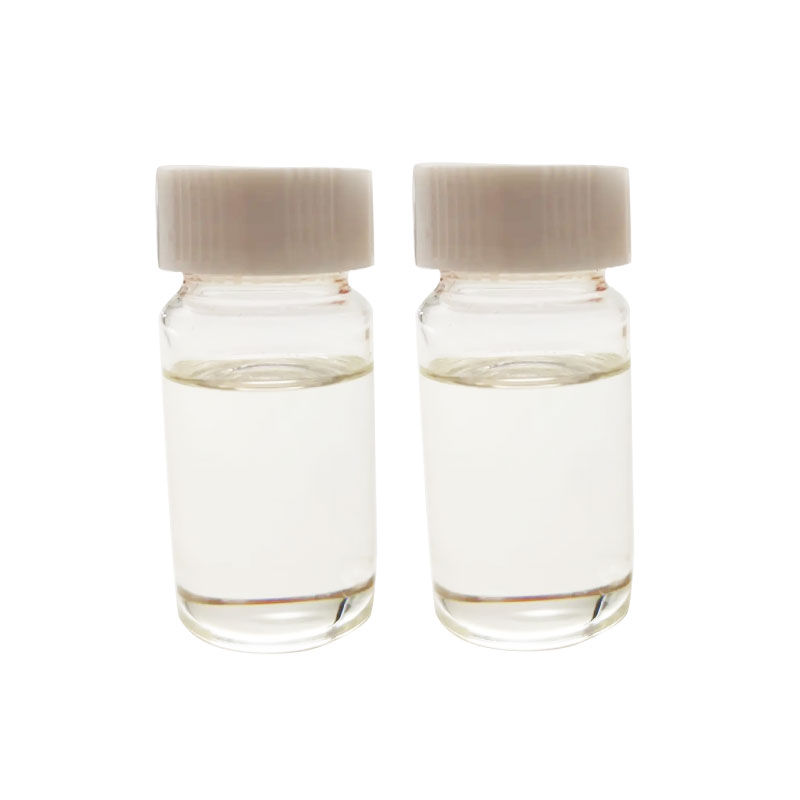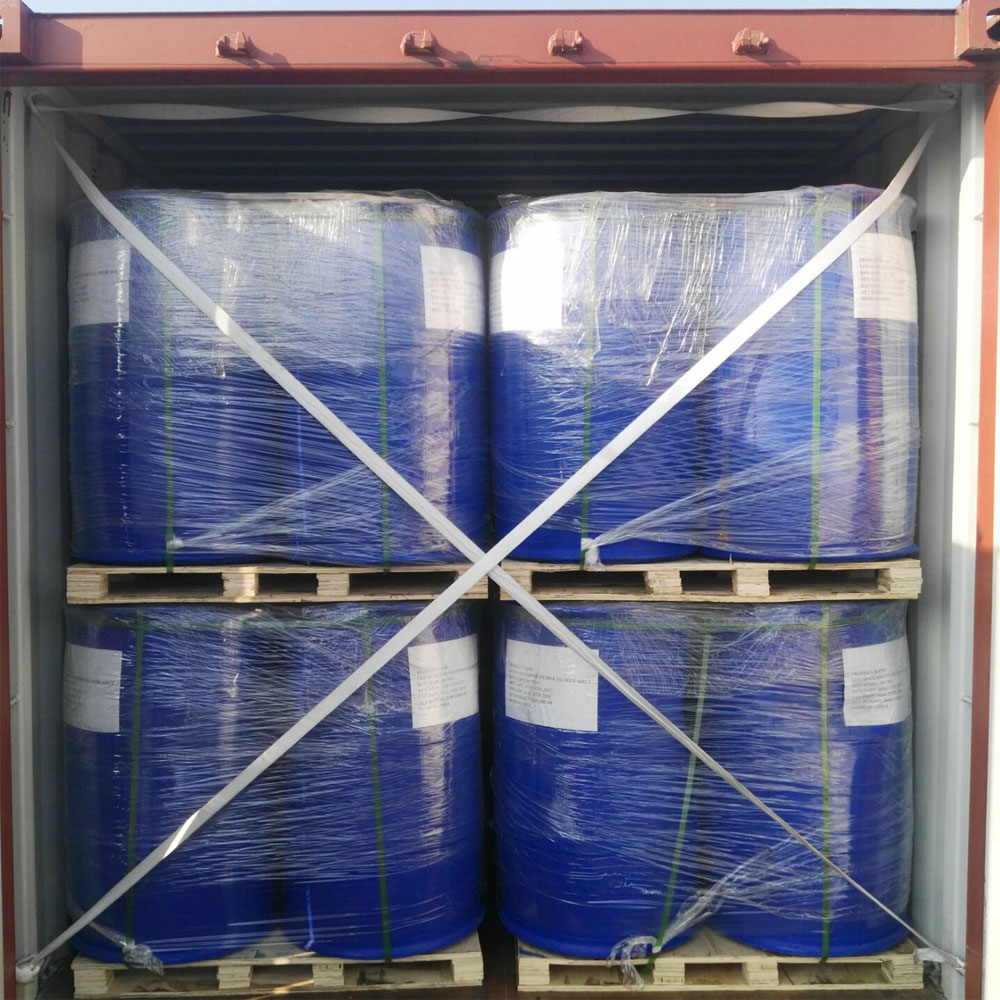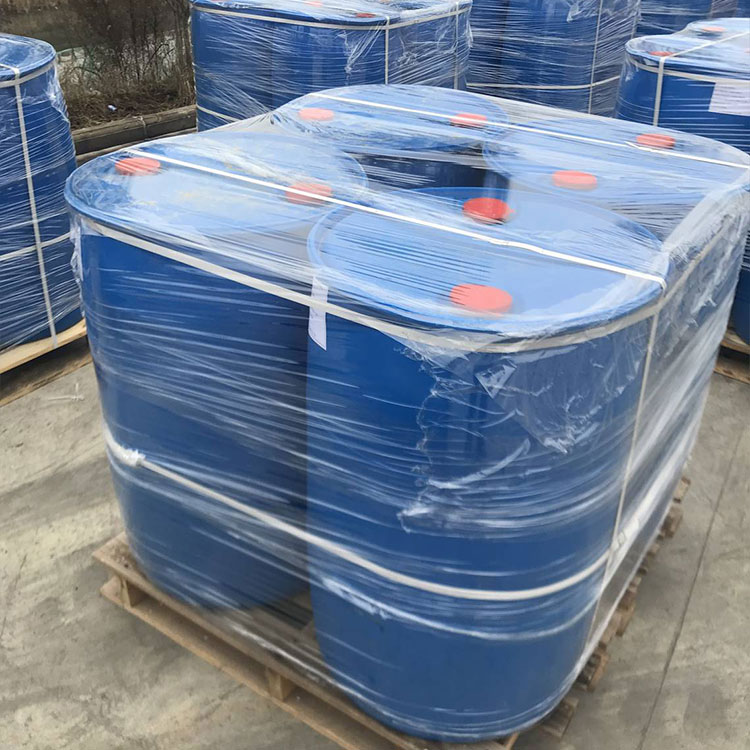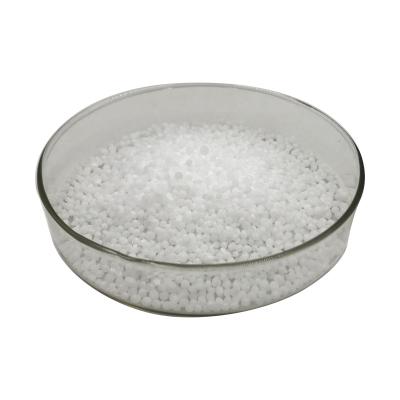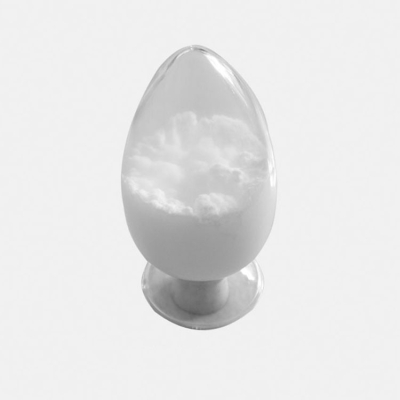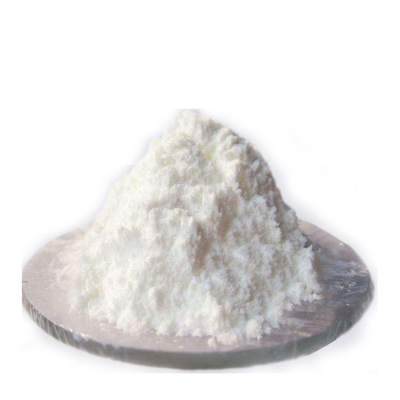Cyclohexanone CAS#108-94-1
Cyclohexanone CAS#108-94-1 Promotion Season Now in Store and Free Sample for Testing with Factory Price
Chemical Name:Cyclohexanone
CAS No.: 108-94-1
Molecular Formula:C6H10O
Molecular weight:98.14
Sample: Available
Mode of Transportation
1. By Air, fast but expensive.
2. By Sea, usual and economy.
3. By Train, suit for middle Asia countries.
4. By Express, suit for small package.
We only provide highest quality goods available, accompanied by after support!
Cyclohexanone CAS#108-94-1
Cyclohexanone is a colorless, clear liquid with soil smell; its impure product seems as mild yellow color. It is miscible with numerous different solvents. without difficulty soluble in ethanol and ether. The decrease publicity restrict is 1.1% and the higher publicity restriction is 9.4%. Cyclohexanone may additionally be incompatible with oxidizers and nitric acid.
Cyclohexanone is a mainly used in industry, up to 96%, as a chemical intermediate in the manufacturing of nylons 6 and sixty six Oxidation or conversion of cyclohexanone yields adipic acid and caprolactam, two of the instantaneous precursors to the respective nylons. Cyclohexanone can additionally be used as a solvent in a range of products, which include paints, lacquers, and resins. It has now not been located to show up in herbal processes.
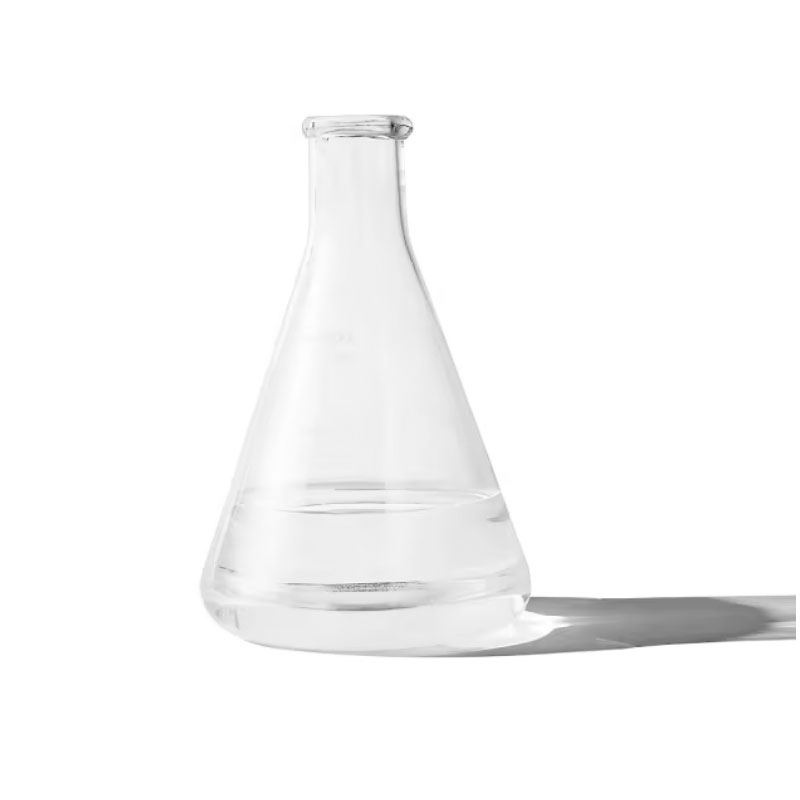
Cyclohexanone Chemical Properties |
Melting point | -47 °C (lit.) |
Boiling point | 155 °C (lit.) |
density | 0.947 g/mL at 25 °C (lit.) |
vapor density | 3.4 (vs air) |
vapor pressure | 3.4 mm Hg ( 20 °C) |
refractive index | n |
FEMA | 3909 | CYCLOHEXANONE |
Fp | 116 °F |
storage temp. | Store at +5°C to +30°C. |
solubility | 90g/l |
pka | 17(at 25℃) |
form | Liquid |
color | APHA: ≤10 |
Relative polarity | 0.281 |
PH | 7 (70g/l, H2O, 20℃) |
Odor | Like peppermint and acetone. |
explosive limit | 1.1%, 100°F |
Odor Type | minty |
Water Solubility | 150 g/L (10 ºC) |
Merck | 14,2726 |
JECFA Number | 1100 |
BRN | 385735 |
Henry's Law Constant | 1.2 x 10-5 atm?m3/mol at 25 °C (Hawthorne et al., 1985) 6.92 x 10-5 atm?m3/mol at 60.00 °C, 10.7 at 70.00 °C, 16.4 at 80.00 °C (headspace-GC, Hovorka et al., 2002) |
Exposure limits | TLV-TWA 100 mg/m3 (25 ppm) (ACGIH); IDLH 5000 ppm (NIOSH). |
Dielectric constant | 18.2(20℃) |
Stability: | Stable. Combustible. Incompatible with strong oxidizing agents. |
LogP | 0.86 at 25℃ |
CAS DataBase Reference | 108-94-1(CAS DataBase Reference) |
IARC | 3 (Vol. 47, 71) 1999 |
NIST Chemistry Reference | Cyclohexanone(108-94-1) |
EPA Substance Registry System | Cyclohexanone (108-94-1) |
Safety Information |
Hazard Codes | Xn |
Risk Statements | 10-20-41-38-20/21/22 |
Safety Statements | 25-36/37/39-26 |
RIDADR | UN 1915 3/PG 3 |
OEB | A |
OEL | TWA: 25 ppm (100 mg/m3) [skin] |
WGK Germany | 1 |
RTECS | GW1050000 |
Autoignition Temperature | 788 °F |
TSCA | Yes |
HS Code | 2914 22 00 |
HazardClass | 3 |
PackingGroup | III |
Hazardous Substances Data | 108-94-1(Hazardous Substances Data) |
Toxicity | LD50 orally in rats: 1.62 ml/kg (Smyth) |
IDLA | 700 ppm |
Product Usage
It is the uncooked fabric for the manufacturing of caprolactam and adipic acid; used as the solvents and diluent dealers of paints, inks, artificial resins and artificial rubber; additionally used as leather-based degreasing agent.
Used as natural solvent;
Raw substances and solvents of artificial resin and artificial fiber;
Cyclohexanone is an vital chemical uncooked material, being the essential intermediates of making nylon, caprolactam and adipic acid. It is additionally an essential industrial solvent, for example, for paints, particularly for these containing nitrocellulose, vinyl chloride polymers and their copolymers or methacrylate polymer paints. Used as an remarkable solvent for pesticides such as organophosphate insecticide. It is used as a solvent for dyes, viscous solvents for piston aviation lubricants, solvents for greases, waxes and rubbers. Also used as leveling agent for dyeing and fading silk; degreasing retailers for sharpening metal; wooden coloring paint; additionally used for cyclohexanone stripping, decontamination and spot removal. Cyclohexanone and cyanoacetic acid can have condensation response to generate cyclohexylidene acetic acid, and then observed by using removal and decarboxylation to get cyclohexene acetonitrile, and eventually giving cyclohexene ethylamine through hydrogenation [3399-73-3]. Cyclohexene ethylamine is a intermediate for some drugs.
The solvents for fibers, resins, rubbers, paraffins, shellac and DDT; for natural synthesis; it can dissolve many of the complexes fashioned by way of the factors and natural reagents; bismuth determination; extract uncommon steel such as uranium, thorium, cobalt and titanium.
Factory and Equipment Show
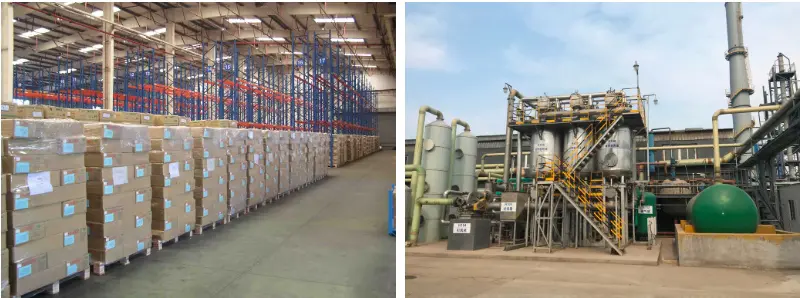

Fast transport time
Inventory 2-3 working days New manufacturing 7-10 working days
